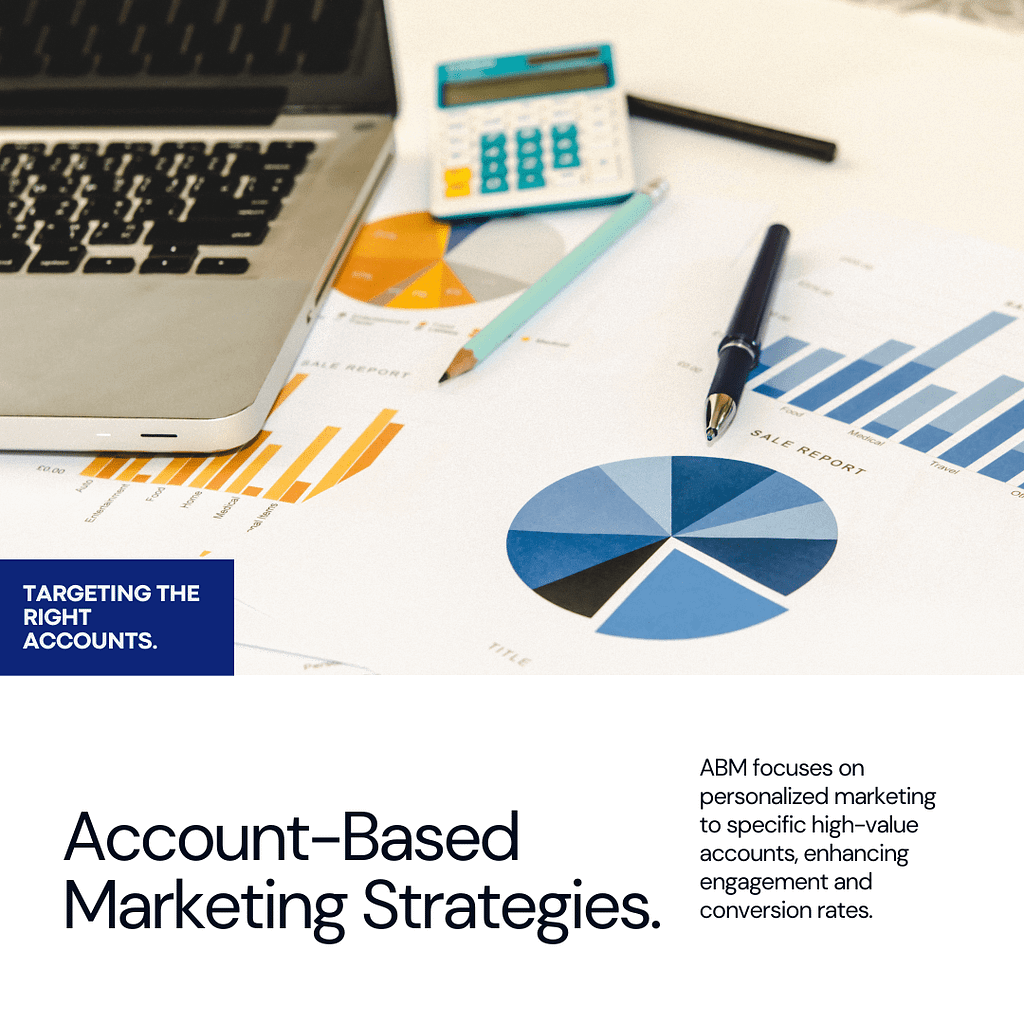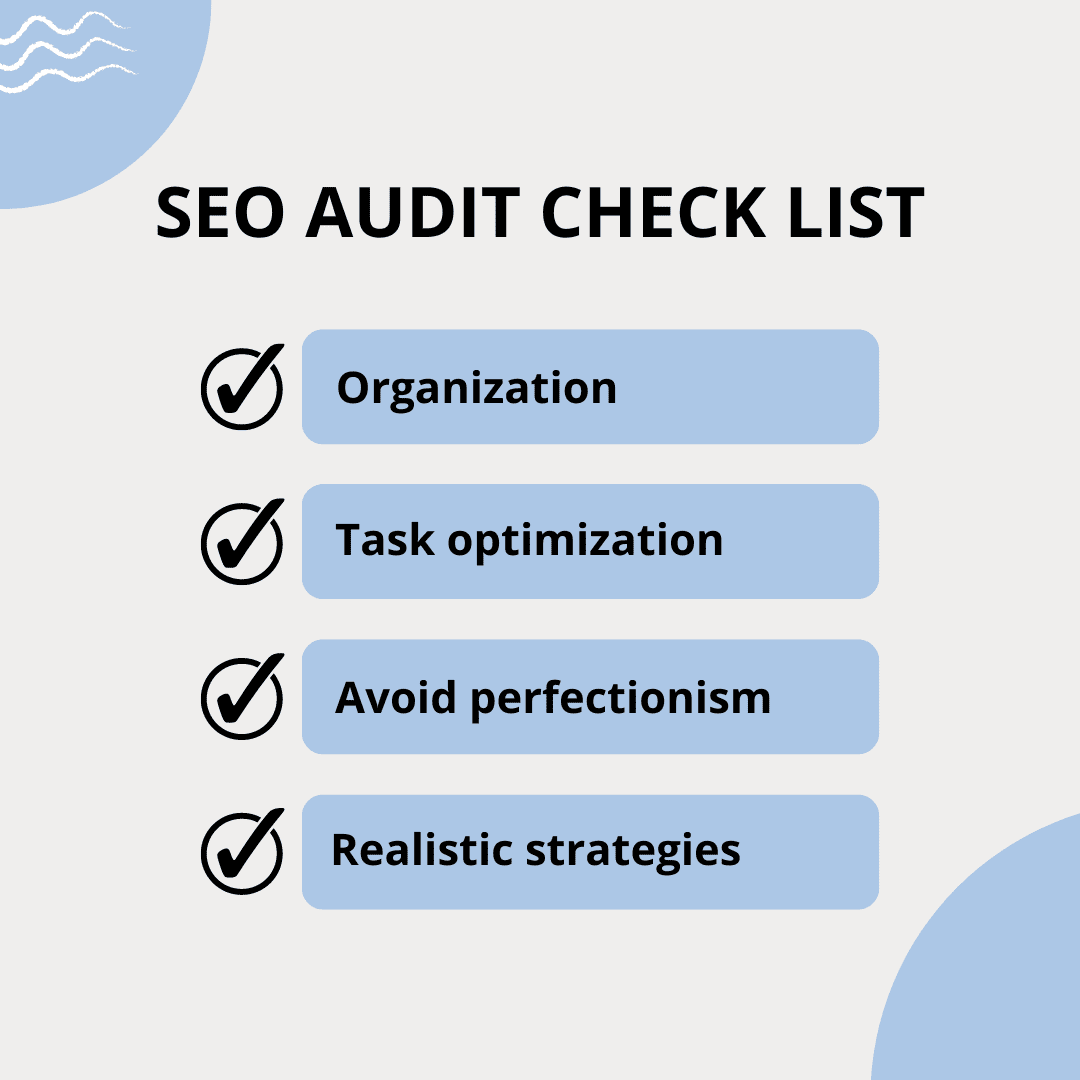Account-Based Marketing (ABM) Strategy and Revenue Growth
In today’s competitive business landscape, companies are constantly seeking innovative strategies to drive revenue growth and maximize their return on investment (ROI). One such strategy that has gained significant traction in recent years is Account-Based Marketing (ABM). ABM is a strategic approach that focuses on targeting high-value accounts with personalized marketing campaigns tailored to their specific needs and preferences. In this article, we’ll explore the fundamentals of ABM and how it can lead to significant revenue growth for businesses.
Understanding Account-Based Marketing (ABM)

Traditionally, marketing strategies have been more broad-based, targeting a wide audience with generic messaging. However, ABM takes a more targeted and personalized approach by identifying key accounts or high-value prospects and creating customized marketing campaigns to engage with them on a one-to-one basis.
The foundation of ABM lies in data and insights. By leveraging data analytics and market intelligence, companies can identify their ideal customer profiles (ICPs) and prioritize accounts that have the highest potential for revenue generation. These accounts are then segmented into specific target groups, and personalized marketing strategies are developed to engage with each group effectively.
Key Components of ABM Strategy

- Identifying Target Accounts: The first step in implementing an ABM strategy is identifying the key accounts that align with your business objectives. This involves analyzing your existing customer base, market trends, and competitive landscape to identify accounts with the highest revenue potential.
- Building Relationships: Once the target accounts have been identified, the next step is to build meaningful relationships with key stakeholders within these accounts. This involves personalized outreach efforts, such as targeted emails, social media engagement, and personalized content, tailored to the needs and interests of each account.
- Creating Personalized Content: Content plays a crucial role in ABM campaigns. It’s essential to create content that resonates with the target accounts and addresses their pain points and challenges. Personalized content can include case studies, whitepapers, webinars, and thought leadership articles that demonstrate your company’s expertise and value proposition.
- Multi-Channel Engagement: ABM is not limited to any single channel. Instead, it leverages a combination of channels, including email, social media, direct mail, and events, to engage with target accounts at multiple touchpoints throughout the buyer’s journey.
- Measuring and Optimizing: Like any marketing strategy, measuring the effectiveness of ABM campaigns is critical. Companies should track key metrics such as engagement rates, conversion rates, and revenue generated from target accounts. This data can then be used to optimize future campaigns and improve ROI.
Benefits of ABM for Revenue Growth

- Higher Conversion Rates: ABM focuses on targeting accounts that are more likely to convert into customers. By personalizing marketing efforts and addressing the specific needs of each account, ABM can significantly increase conversion rates and accelerate the sales cycle.
- Increased Customer Lifetime Value (CLV): By nurturing relationships with key accounts over time, ABM can lead to increased customer loyalty and retention. This, in turn, can result in higher CLV as satisfied customers continue to engage with your company and make repeat purchases.
- Improved ROI: ABM is a highly targeted approach that focuses resources on the accounts with the highest revenue potential. As a result, companies can achieve a higher ROI from their marketing efforts compared to traditional broad-based marketing strategies.
- Better Alignment Between Sales and Marketing: ABM encourages closer collaboration between sales and marketing teams, as both work together to identify, engage, and nurture target accounts. This alignment ensures that marketing efforts are closely aligned with sales objectives, leading to more effective lead generation and revenue generation.
- Competitive Advantage: In today’s competitive market, companies that can effectively identify and engage with high-value accounts have a significant competitive advantage. ABM allows companies to differentiate themselves from competitors by delivering personalized experiences that resonate with target accounts.
In conclusion, Account-Based Marketing (ABM) is a powerful strategy for driving revenue growth and maximizing ROI. By focusing on personalized engagement with high-value accounts, companies can achieve higher conversion rates, increased customer lifetime value, and improved ROI. As businesses continue to adopt ABM strategies, those that effectively implement and optimize their ABM programs will gain a significant competitive advantage in the marketplace.
References:
- https://www.forbes.com/sites/forbesagencycouncil/2021/08/31/five-account-based-marketing-best-practices-for-high-growth-companies/?sh=396dfb7d15db
- https://www.salesforce.com/products/marketing-cloud/account-based-marketing/
- https://blog.hubspot.com/sales/account-based-marketing
- https://www.aberdeen.com/cmo-essentials/the-anatomy-of-account-based-marketing-in-2021/
- https://www.marketo.com/account-based-marketing/






